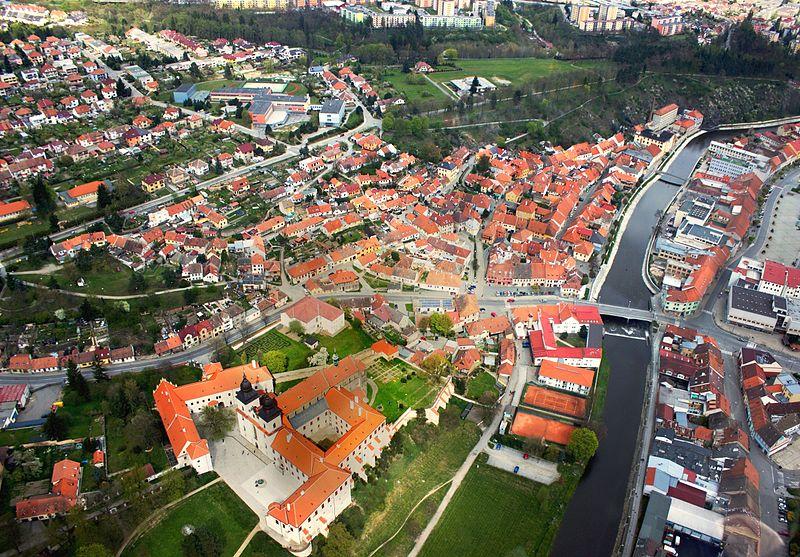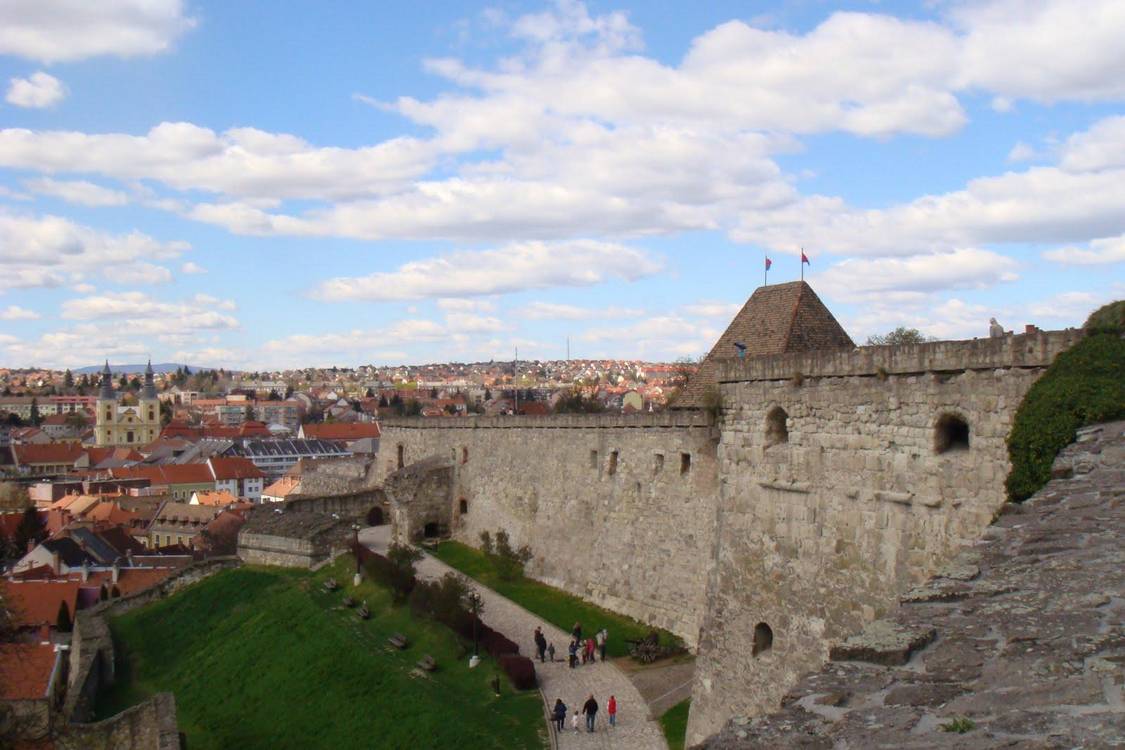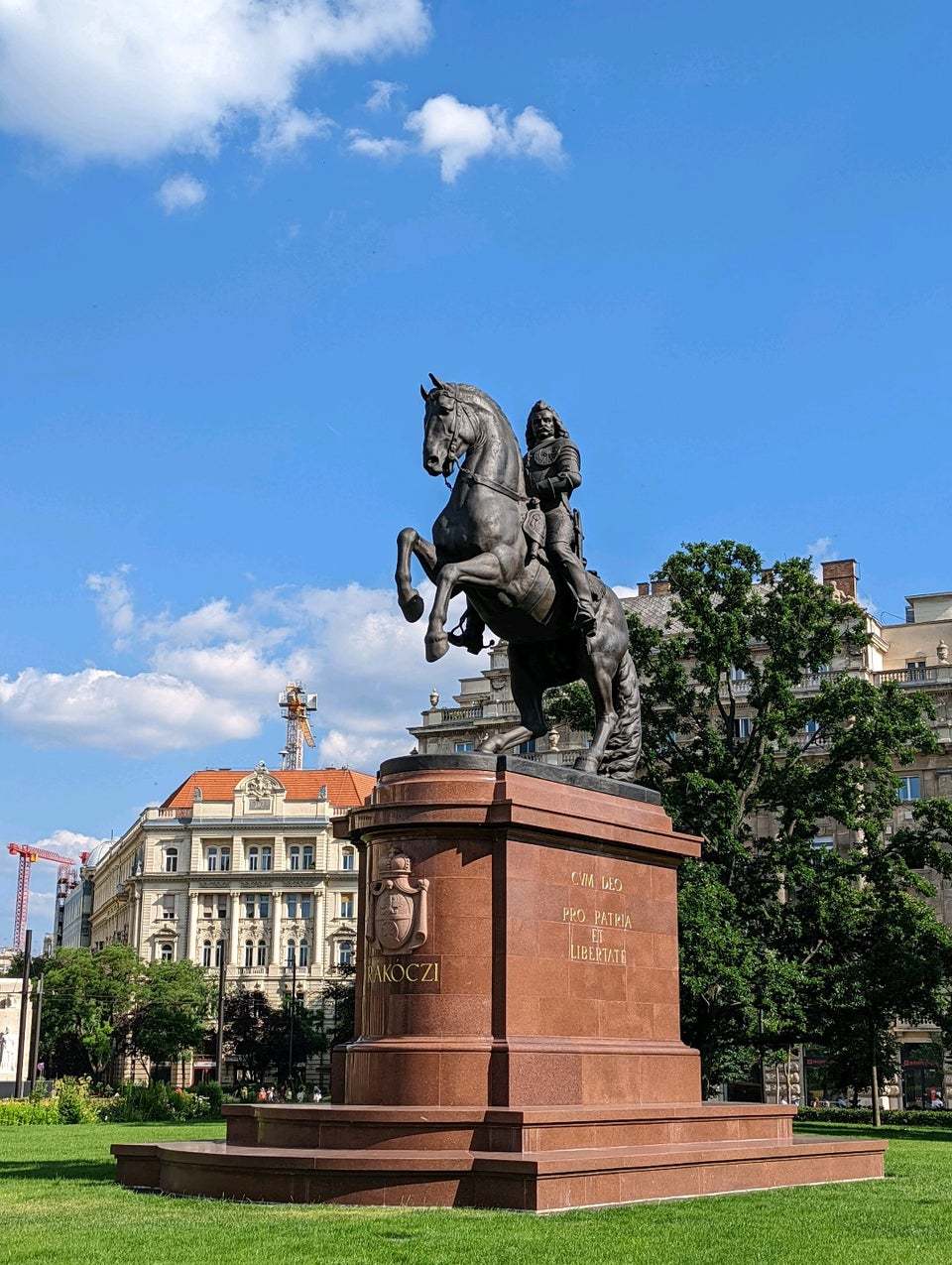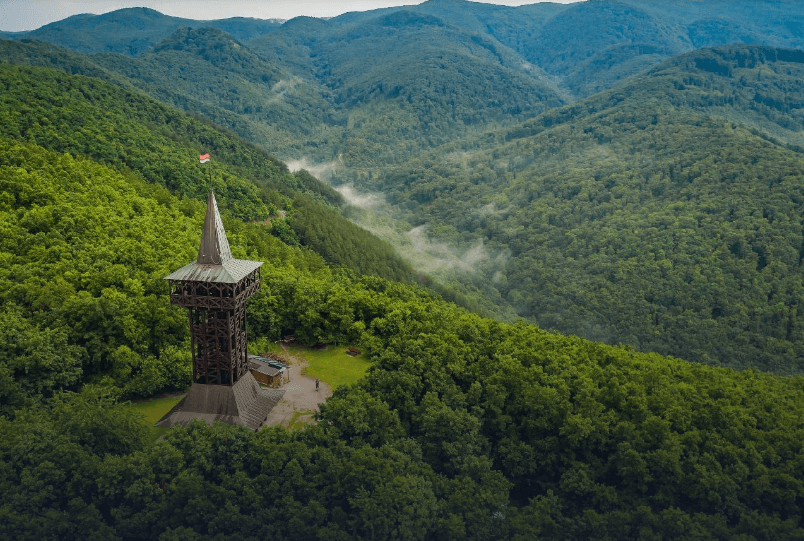Eger Castle
Eger Castle (Egri Vár) is one of the most famous buildings in Hungary and a renowned attraction in the Eger region. In the 16th century, Eger Castle was one of the main fortresses of the Kingdom of Hungary. In 1552, the famous commander István Dobó led over 2,000 soldiers to successfully repel a Turkish army nearly 30 times their number. This glorious battle of 2,000 against 60,000 is considered a miracle in Hungarian history, making them eternal heroes of Hungary, and turning Eger Castle into an immortal legend.
Inside Eger Castle, there is a two-story building that served as István's command center for planning the victory. One side of this building faces the interior of the castle, while the other side overlooks the fields outside.
István Square
István Square is named after István Dobó, a general of the defensive battle. After its reconstruction in 2014, it became a major leisure and relaxation spot for local residents, surrounded by the town hall, a large monastery, and a commercial street. The square's center regularly hosts small performances, attracting many residents to watch. Despite being the off-season for tourism, the area remains popular, with residents gathering in small groups to chat. We received friendly glances from the residents here.
The Valley of Medicinal Waters
The Valley of Medicinal Waters is renowned for its salt mounds, which are formed by long-term deposits from medicinal springs gushing from deep underground. Unlike Pamukkale in Turkey and Yellowstone National Park in the USA, this is one of the only three natural salt mound phenomena in the world, making it a must-visit destination in Hungary. The spring water, with temperatures reaching 65°C to 68°C, surges from a depth of 410 meters underground to the surface, creating a 1200 square meter salt mound through prolonged mineral deposition. You can approach and admire these magical landscapes from the path near the 'Nostalgia Baths' parking lot.
Szalajka Valley
Fatelep Station is the starting point for the narrow-gauge train, which departs once an hour and travels along Hungary's steepest cogless railway. The journey passes through the Szalajka fish ponds, where you might be lucky enough to see playful trout. The final stop is the Gloriett forest clearing, which leads to the Szalajka Valley, an ideal spot for picnics. You can try local delicacies featuring trout dishes. In Szilvásvárad, you can visit the nationally protected Lipizzaner horse stud farm, which holds significant genetic value for these Hungarian horse breeds.











